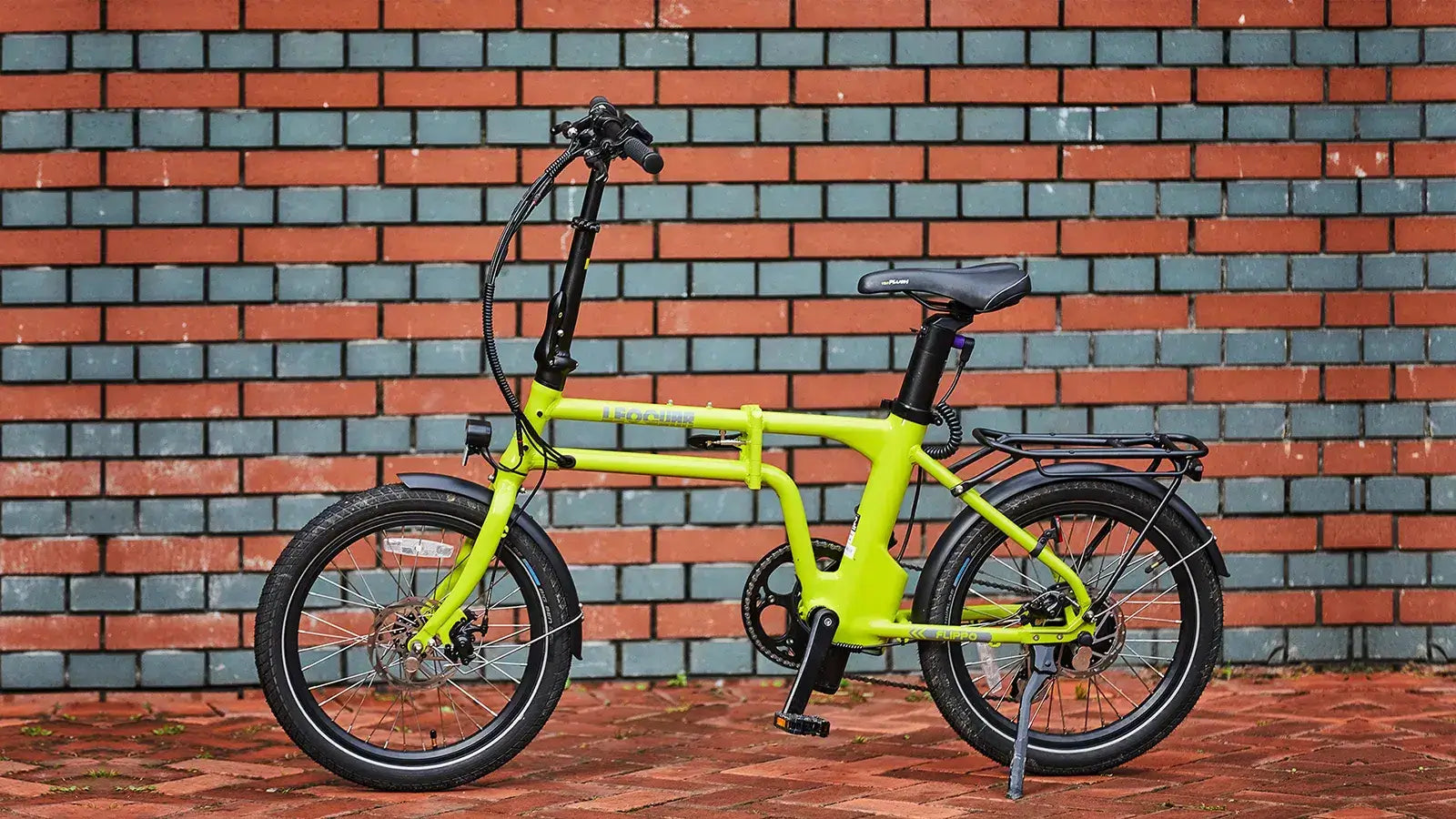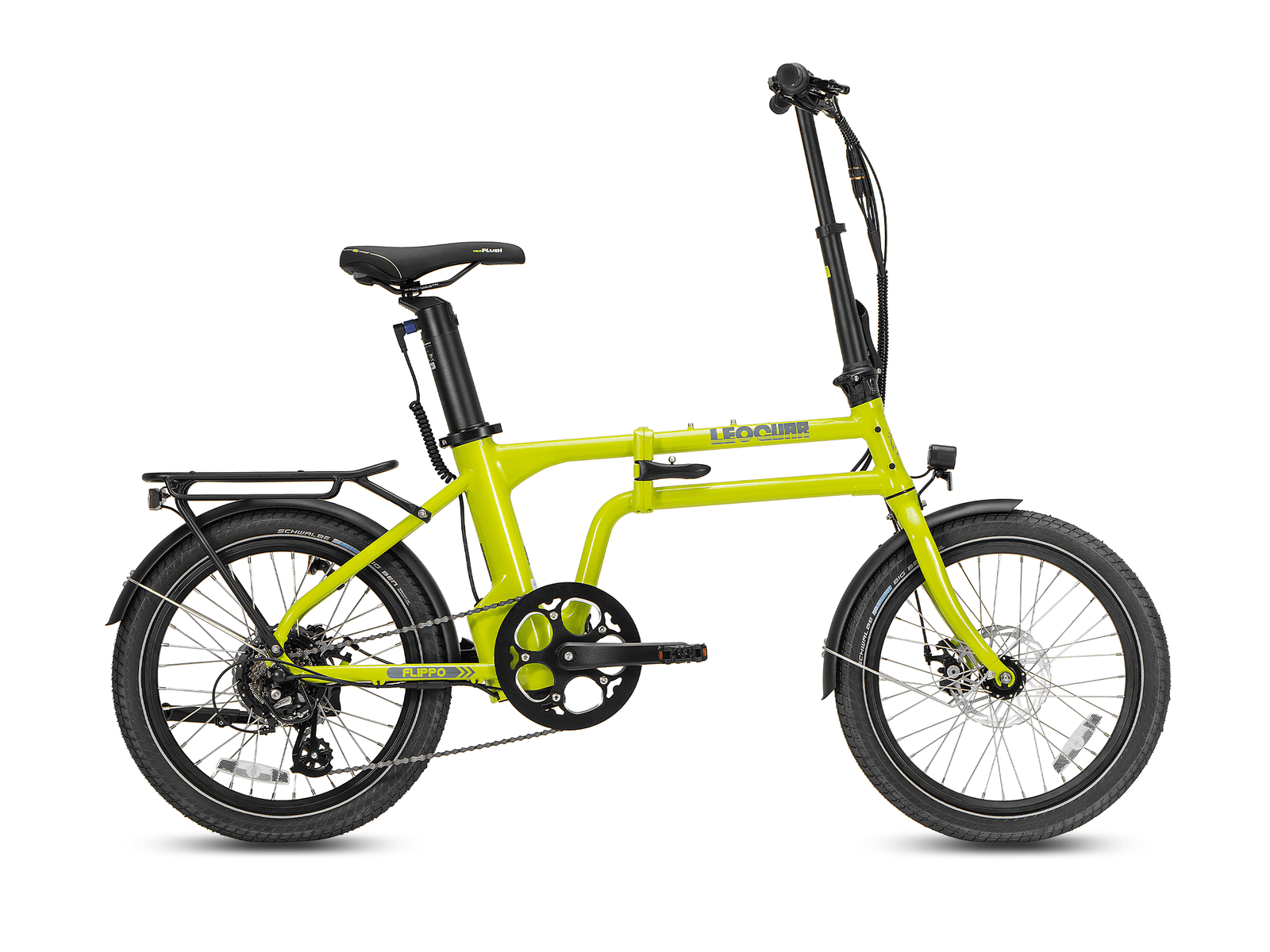
Best Bike Locking Strategies: More Than Just the Lock
You've invested in a bike you love. Now, the most important question is how to keep it safe. While the search for the best bike lock is a great start, it's a question that often misses the bigger picture. A high-quality lock is a critical tool. But it's only as strong as the strategy behind it. The most determined thieves can defeat almost any lock with enough time and the right tools. Your real goal is to make your bike a difficult, time-consuming, and risky target.
This guide will walk you through a complete security plan. We'll start by helping you choose the right lock for your needs. But then, we'll dive deeper into the professional techniques and layered security systems that truly stop thieves. This turns your bike from an easy target into one they'd rather skip.
Choosing Your Foundation Lock
The lock is the foundation of your security. Choosing the right one means understanding the trade-offs between security, weight, and convenience. Your choice should be based on your bike's value, where you park it, and for how long.
Understanding Lock Types
Not all locks are created equal. The three main portable types each have distinct advantages and disadvantages.
| Lock Type | Pros | Cons |
|---|---|---|
| U-Locks (D-Locks) | Excellent security-to-weight ratio; resistant to prying and cutting. | Rigid shape limits what you can lock to; can be heavy. |
| Chain Locks | Highly versatile for locking to irregularly shaped objects like posts and railings. | Very heavy for their security level; can be cumbersome to carry. |
| Folding Locks | Extremely compact and easy to mount on a bike frame. | More moving parts and pivot points can be potential weak spots. |
Decoding Security Ratings
Don't just trust marketing claims. Look for independent security ratings. The most respected standard is Sold Secure, an independent testing organization. They rate locks based on the time and tools required to defeat them. You can verify any lock's rating on Sold Secure's official ratings page.
- Bronze: Protects against basic tool attacks, suitable for low-risk areas.
- Silver: Offers a compromise between security and cost. It's suitable for moderate-risk areas.
- Gold: Withstands a dedicated attack with a wide range of tools, necessary for high-risk areas.
- Diamond: The highest level, tested against specialist tools, including angle grinders. This is the standard for high-value bikes and e-bikes.
The Angle Grinder Threat
The game has changed in recent years. The spread of cheap, portable, battery-powered angle grinders means that thieves can cut through most standard hardened steel locks in under a minute. This has led to a new class of locks designed specifically to combat this threat. These "anti-grinder" locks use composite materials or hardened coatings that are designed to destroy grinder discs. This significantly increases the time and noise required for a thief to succeed. As shown in extensive tests by publications like Cycling Weekly, this new technology is a critical consideration for anyone parking in a medium-to-high-risk environment.

The Art of the Lock-Up
Owning a great lock is only half the battle. How you use it is what separates an amateur target from a professional deterrent. A correctly-used medium-security lock can be more effective than a poorly-used high-security one.
The Golden Rule
The most secure and efficient way to lock your bike is to secure the frame and the rear wheel to an immovable object with a single U-lock. This is a technique popularized by the legendary Sheldon Brown and it remains the gold standard for a reason. The frame is the most valuable part of your bike, and the rear wheel, with its integrated cassette and derailleur, is far more valuable and complex to replace than the front.
Here's how to do it:
1. Position your bike next to a solid, immovable object like a dedicated bike rack.
2. Pass the shackle of your U-lock around the rim of your rear wheel, making sure it is inside the rear triangle of your bike's frame.
3. Ensure the shackle also captures the immovable object you're locking to.
4. Engage the crossbar and lock it.
This single action secures your expensive rear wheel and traps the frame. It makes it impossible for a thief to pull the bike away.
Think Like a Thief
A thief wants the path of least resistance. Your job is to add as many obstacles and time-consuming steps as possible.
- Position the Keyway Down: Face the lock's keyhole towards the ground. This makes it much more difficult for a thief to access it with picking tools or a drill.
- Fill the Space: A U-lock with a lot of empty space inside it is vulnerable. A thief can insert a pry bar or a small car jack and use leverage to pop the lock open. Use the smallest U-lock that fits your needs to minimize this "daylight."
- Secure Your Front Wheel: The front wheel is a common target. The best method is to use a secondary lock. A simpler, more convenient option is to use a heavy-duty cable looped through the front wheel and secured to your primary U-lock.
Common Locking Mistakes
Avoiding these common errors will instantly boost your security.
- Locking Only a Wheel: Never lock just the front or rear wheel to the rack. A thief will simply detach the wheel and walk away with the rest of your bike.
- Choosing a Weak Anchor: That "sucker pole" might look sturdy, but if a thief can lift it out of the ground, your bike is gone. Similarly, avoid small trees that can be cut, chain-link fences, and scaffolding. Always test your anchor point.
- The Weakest Link: Don't pair a Diamond-rated U-lock with a flimsy, cheap cable. Thieves will always attack the weakest point, and in this case, they'll snip the cable in seconds.
- Leaving the Lock on the Ground: Never let your lock rest on the concrete. This gives a thief a solid surface to brace against for a sledgehammer or leverage attack. Keep it off the ground.
Building Your Security Ecosystem
True bike security is about creating multiple layers of defense. A smart thief assesses the entire situation, and a bike with multiple deterrents is often not worth the effort.
Location, Location, Location
Where you lock is as important as how you lock. Always choose a well-lit, public area with high foot traffic. A thief with an angle grinder hates an audience. As Police and campus security officials consistently advise, visibility is one of the most powerful deterrents. Before you lock, give the bike rack a hard pull to ensure it's securely bolted to the ground and not a "sucker pole."
The Two-Lock Strategy
For anyone in a high-risk urban environment, this is the professional standard. Using two different types of locks—for example, a U-lock and a heavy chain—is a thief's worst nightmare. Most opportunistic thieves specialize and carry tools for one type of lock. Forcing them to defeat two different systems, requiring two different toolsets (e.g., a grinder for the U-lock and massive bolt cutters for the chain), dramatically increases the time, effort, and risk of getting caught. They will almost always move on to an easier target.
Securing the Pieces
A bike can be stolen piece by piece. Replace the quick-release skewers on your wheels and seat post with locking skewers or security bolts that require a special key to remove. Always take your easily removable accessories with you, no matter how short your stop. This includes lights, GPS computers, and bags.
The Digital Layer
Your defense doesn't end with physical security. Registering your bike is a crucial step for recovery. Services like Bike Index and 529 Garage create a national database that police and pawn shops can use to identify and return stolen property. Bike theft is often a crime of opportunity, and registered bikes are significantly more likely to be recovered. For high-value bikes, especially e-bikes, consider a hidden GPS tracker. It won't prevent the theft, but it drastically increases the chances of getting your bike back.
Real-World Locking Strategies
Let's translate this theory into practice. Here's how your security plan should adapt to different situations.
Scenario 1: The Quick Coffee Stop (Low Risk, Short Duration)
- Strategy: A single, high-quality U-lock or folding lock (Sold Secure Gold rated).
-
Technique: Use the Sheldon Brown method to secure the frame and rear wheel to a solid rack. If possible, keep the bike within your line of sight.
Scenario 2: The All-Day Commute (High Risk, Long Duration)
- Strategy: Implement the two-lock strategy. A primary angle-grinder resistant U-lock (Sold Secure Diamond) and a secondary heavy chain or second U-lock.
-
Technique: Use the primary U-lock for the frame and rear wheel. Use the second lock to secure the front wheel to the frame and/or the rack. Be extremely selective about your location.
Scenario 3: Securing a High-Value E-Bike (Maximum Risk)
- Strategy: Maximum defense. Two Sold Secure Diamond rated locks, ideally one U-lock and one heavy chain. Add component locks for the saddle and wheels. Install a hidden GPS tracker.
- Technique: No compromises. Lock in the most secure, visible, and high-traffic location available. Use both locks to secure the frame and both wheels to the anchor. Remove the battery and display computer. While experts agree that a high-quality lock is the best defense available for e-bikes, your strategy is what makes that defense work.

Your Best Defense
Ultimately, no bike is un-stealable. Even the best bike lock in the world can be defeated by a determined professional with enough time. The goal of a smart locking strategy is not to create an impossible-to-steal bike, but to create a bike that is significantly more difficult, noisy, and time-consuming to steal than the ones parked next to it.
By focusing on these three pillars—choosing the right tools, using professional techniques, and building a layered security system—you change the calculation for a thief. You turn your bike from a target of opportunity into a hassle they'd rather avoid. That is the ultimate victory.
Frequently Asked Questions
1. Q: What is the best bike lock for everyday use?
A: For everyday use, a Sold Secure Gold-rated U-lock provides the best balance of security, weight, and convenience. Look for one with anti-grinder features if you're in a high-risk area.
2. Q: How do I know if my bike lock is strong enough?
A: Check for independent security ratings like Sold Secure. Bronze is suitable for low-risk areas, Silver for moderate risk, Gold for high risk, and Diamond for maximum security needs.
3. Q: Should I use two locks on my bike?
A: Yes, if you're in a high-risk area or have a valuable bike. Use two different types of locks (like a U-lock and chain) to force thieves to carry multiple tools, making your bike a less attractive target.
4. Q: Where is the safest place to lock my bike?
A: Choose well-lit, high-traffic public areas with good visibility. Lock to a solid, immovable bike rack that's securely bolted to the ground. Avoid isolated areas, weak anchor points, and locations where thieves can work unobserved.
5. Q: What should I do if my bike gets stolen?
A: Report the theft to police immediately with your bike's serial number and registration information. Check local pawn shops and online marketplaces. If you have a GPS tracker, provide that information to law enforcement. Having your bike registered with services like Bike Index significantly improves recovery chances.









































Leave a comment